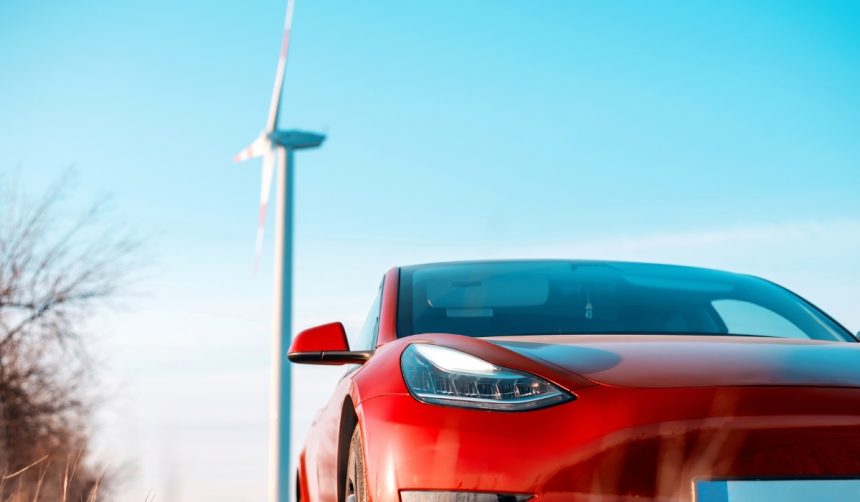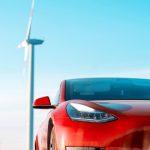Tesla is actively advancing its Robotaxi platform, with recent drone footage indicating preparations for the Cybercab’s integration following an initial pilot in Austin, Texas. The company is strategically stacking hundreds of Cybercab castings at Gigafactory Texas, suggesting a rapid shift to Cybercab vehicles for autonomous rides. This development arises as the Model Y manages the launching phase, with plans for the Cybercab to join the lineup later this year. The Cybercab, a two-seater dedicated Robotaxi, targets a fully autonomous driving experience without human intervention.
In various stages of development over the past year, Tesla’s Robotaxi initiative has seen progressive milestones. Earlier trials in Austin and San Francisco provided insights into autonomous operations, but the Cybercab marks a pivot towards dedicated vehicles. The images from Gigafactory Texas underscore an escalation in production efforts. Past indications emphasized Model Y’s role, while the Cybercab castings reinforce the vehicle’s upcoming prominence in enhancing autonomous service capabilities.
Why is Tesla focusing on the Cybercab now?
The decision to proceed with Cybercab production highlights Tesla’s commitment to enhancing its autonomous fleet. Recent months have witnessed advancements in Cybercab engineering, including improvements in vehicle durability, structural integrity, and safety measures. These measures aim to ensure readiness for full-scale deployment, as testified by Tesla’s Vice President of Vehicle Engineering, who emphasized ongoing testing and development processes.
How many castings are currently prepared at Gigafactory Texas?
Drone footage reveals the presence of 400 to 500 Cybercab castings, underscoring Tesla’s readiness for production. This substantial assembly aligns with Tesla’s strategy to introduce the Cybercab into its Robotaxi fleet, indicating extensive preparation for execution beyond the pilot phase. Despite the Model Y’s initial use in Austin’s pilot, these preparations suggest a shift in reliance on the bespoke Cybercab model.
Will the Cybercab improve Tesla’s autonomous capability?
With the Cybercab’s deployment, Tesla aims to enhance its autonomous fleet’s operational efficiency and passenger experience. By employing a vehicle specifically designed for autonomous driving, Tesla can focus on optimizing self-driving technologies and passenger services. The integration of the Cybercab presents an opportunity to refine autonomous systems in a real-world setting, validating years of research and development efforts.
Anticipation builds as Tesla moves closer to a Robotaxi system featuring the Cybercab. This vehicle’s potential deployment will likely advance Tesla’s autonomous ambitions, offering enhanced passenger services with reduced human interference. While challenges such as safety and regulation remain, the Cybercab represents a considerable step forward in Tesla’s strategy for a fully autonomous future. For interested observers, Tesla’s actions signal a commitment to building a cohesive and effective autonomous ecosystem, preparing for long-term sustainability within the transport domain.










